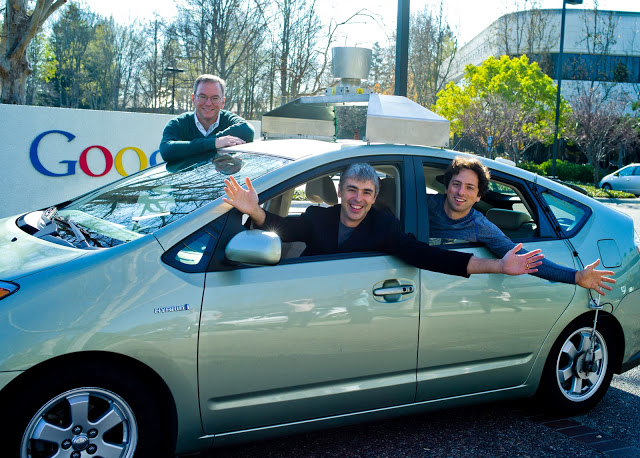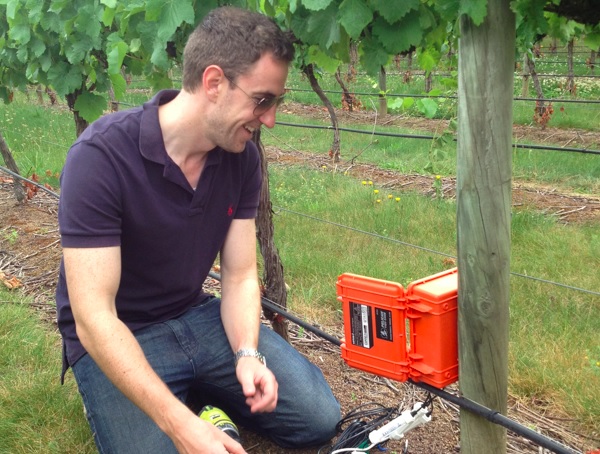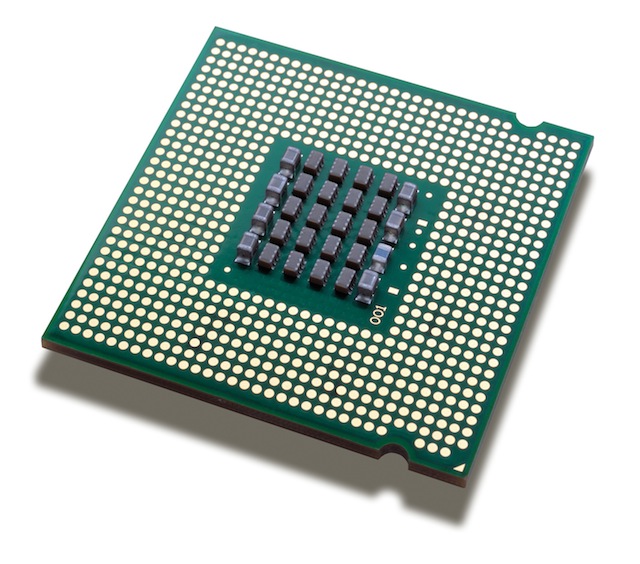This morning Cisco announced its latest global innovation centre in Sydney focusing on what it describes as Australia’s strengths in agriculture, resources and smartcities.
Along with with Cisco’s commitment to support the Sydney centre to the tune of 15 million Australian dollars and invest in local IoT businesses the project promises to bring together the data resources and skills of the University of New South Wales’ Engineering faculty, the Data 61 research agency and various state government departments.
Cisco’s launch though comes at a difficult time for the Australian scientific and research communities as just last week the national research agency, the CSIRO, launched another wave 0f job cuts immediately after restructuring the sector and even the location of the announcement is being sold off to property developers as the state government sees real estate ventures trumping technology investments.
Governments go missing
Even more telling during Cisco’s announcement was the poor presence by governments and corporate partners, the New South Wales state government at least sent along a minister and his Departmental head but the Federal government, despite its much heralded Innovation Agenda, was nowhere to be seen.
That lack of Federal government support is telling, particularly given regional and rural development is supposedly a priority of the current administration. An informed observer may be forgiven for thinking 21st Century technology investment would assist even the 1950s inspired project to develop Australia’s sparsely populated north but one supposes that grand vision extends to dams and highways.
The missing corporate links
Probably the most troubling omission is that of telecoms providers, agricultural and resources businesses utilising the Internet of Things or M2M technologies need connectivity and the absence of either Telstra or the flailing government owned National Broadband Network means an important piece is missing from the push to connect these industries.
Once again both Optus and Vodafone – the latter probably having the best global M2M capacity of any provider – miss an opportunity to position themselves as an alternative provider to Telstra which proves whingeing about competition in the Australian market is a damn sight easier than putting some money down.
Notably missing as well is support from Australia’s corporate sector. While resources giant Woodside is a partner of the Perth centre, there’s little engagement from any other major company. The reply to a question by this writer to the panel about accessing the data held by the large pastoral companies illustrated what little engagement there is from key private sector stakeholders.
Fighting the innovation bureaucracy
To be fair to Cisco, these missing links are not the company’s fault and the delay in launching their Sydney centre was due to various shenanigans within Australia’s innovation bureaucracy beyond their control.
Hopefully Cisco’s Sydney centre will be successful – despite the fine words of Prime Ministers and other politicians Australian industry desperately needs some genuine leadership as the nation realises the safe certainties of the 1990s have passed.
For the moment though the lack of engagement in the technology industries by political and business leaders is striking. It’s hard not to think the country has regressed back to a smug 1950s view of the view, something not helped by all these events being almost overwhelmingly dominated by white, middle class middle aged men.
It’s time for Australia to start thinking differently. The nation’s business and political leaders can’t expect multinational corporations to drag the nation into the 21st Century.
Similar posts:




